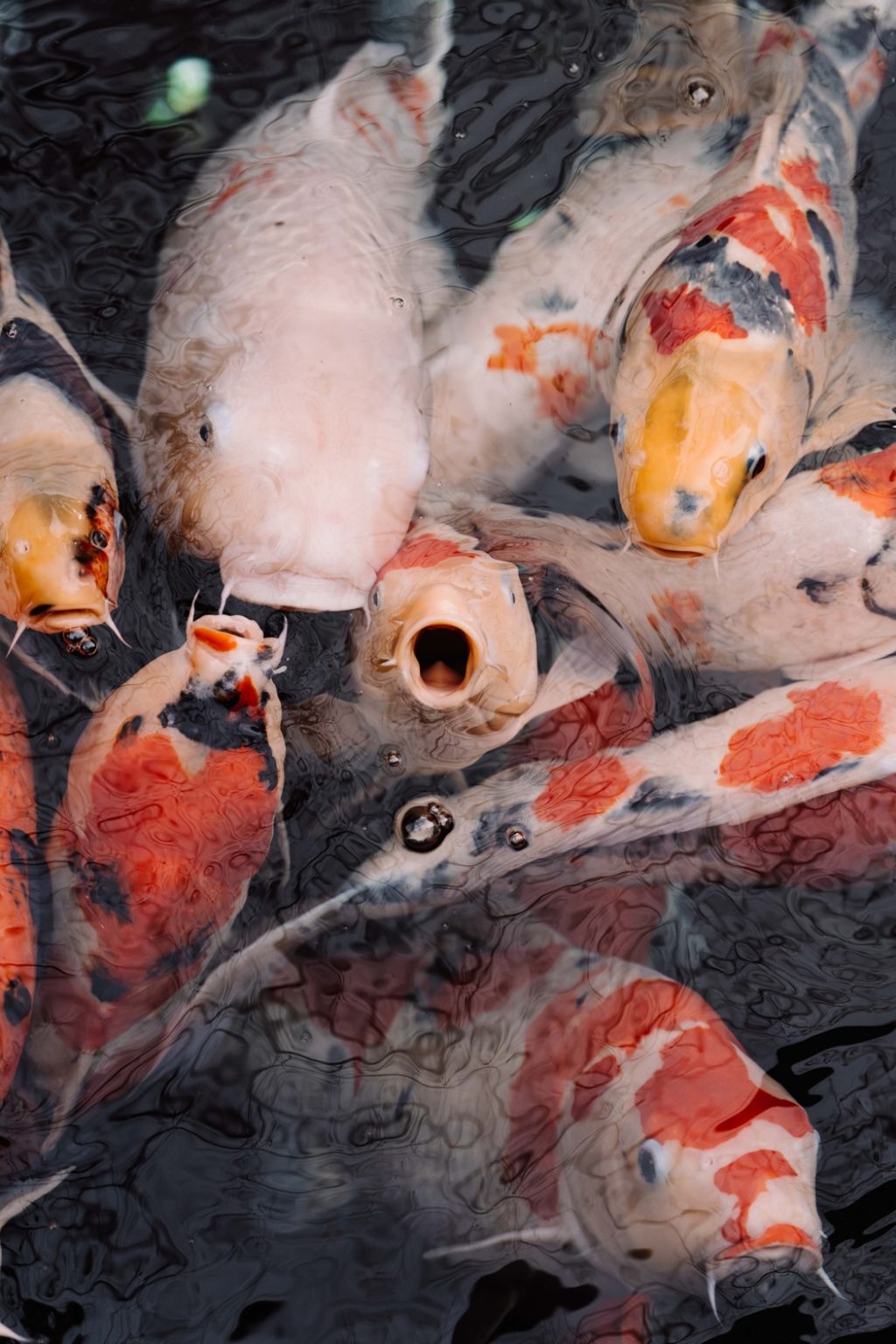
Everything you need to know about pond fish
Table of Contents
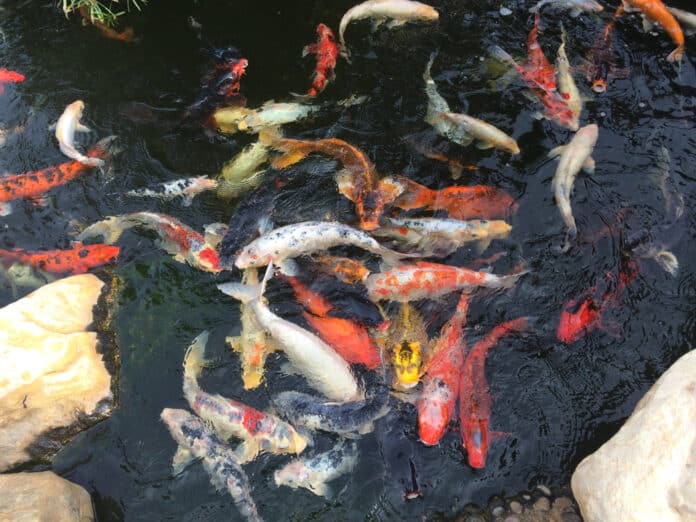
Do you want to add fish to your pond? Or create a pond in your garden? Here you will find all the information about pond fish: the different species and their characteristics (size, volume, longevity, diet) and the main aquatic plants that you can integrate into your pond. Here is everything you need to know about pond fish.
Fish species for a pond
Goldfish
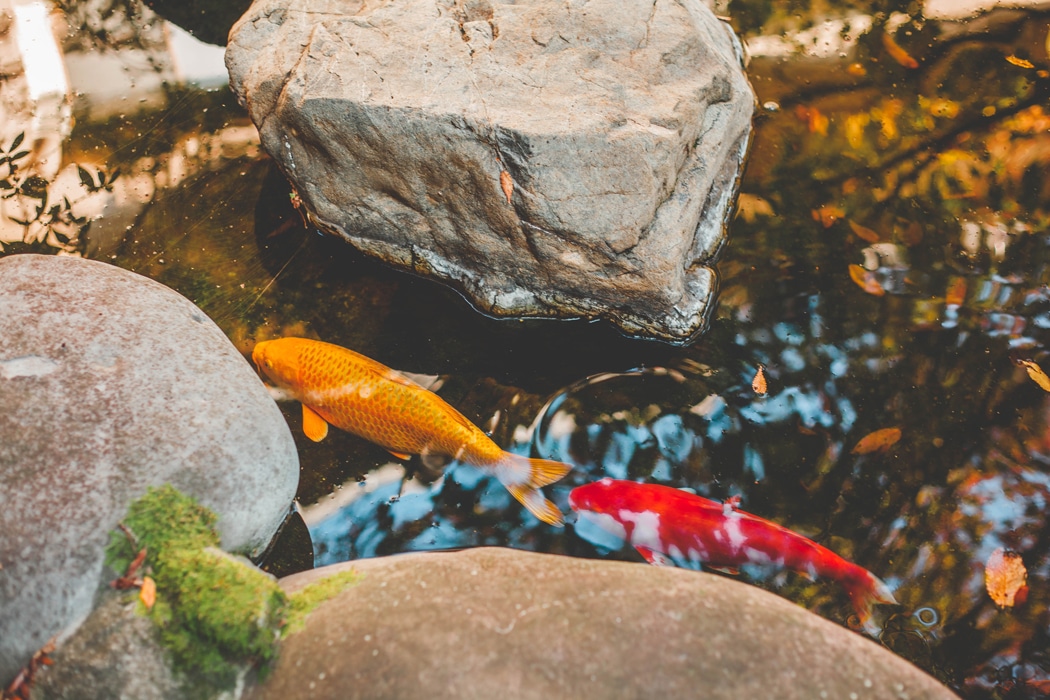
The goldfish is the most well-known pond fish. It is easy to raise goldfish in tanks: you need a small volume of water, and it is not necessary to have a filtration system. This species can stay in the outdoor pool all year round without any problem. Goldfish offer beautiful shades of color and some feature sails. Their size is 30 to 40 cm on average, although it varies according to the space available. The pellets should be adapted to the size of your goldfish.
Koi Carp
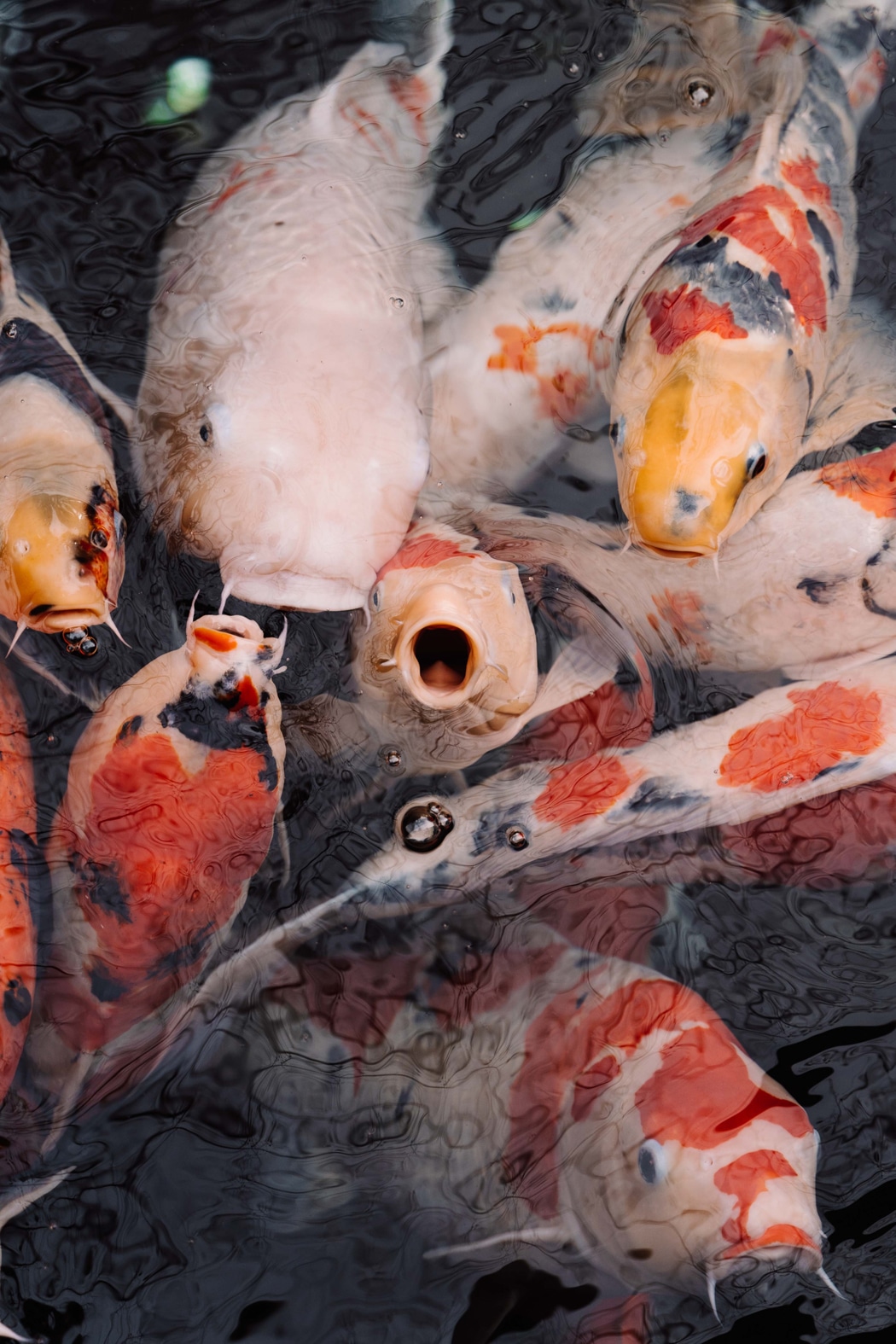
The Koi carp is a real star of the tanks. For the Japanese, it is a very precious fish and rooted in Japanese tradition and imagination. These fish have a long lifespan (30 years on average), coexist well with goldfish and are resistant to external conditions. They can be recognized by their barbels at the mouth and their shimmering colors. Koi carp requires quality water, an efficient filtration system and a large space (3m3 for a fish and 1m minimum depth).
The Melanote Idea
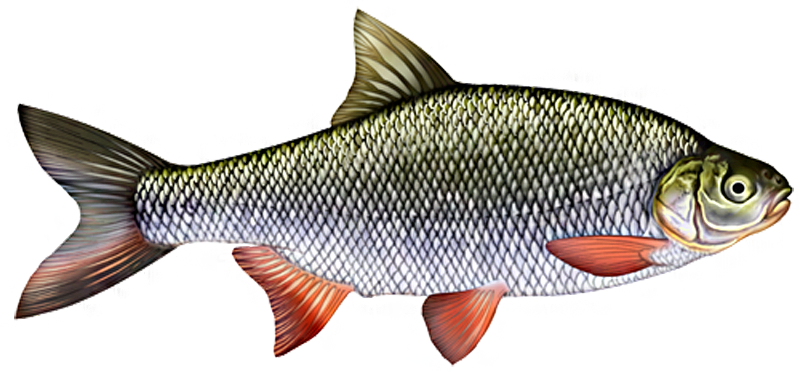
The melanite is, a very dynamic fish, measuring on average 40 to 60 cm. Golden-toned fish are the ones that are most visible in the water. Like Koi carp, they need space (about 3m3 of water per fish). They are to be preferred for large pools, because they are big swimmers, very active. The melanite is a predator that feeds on fallen or aquatic insects (which is an asset against mosquitoes!). This fish likes to live in groups, count between 4 and 5 individuals.
Sterle Oot Sturgeon
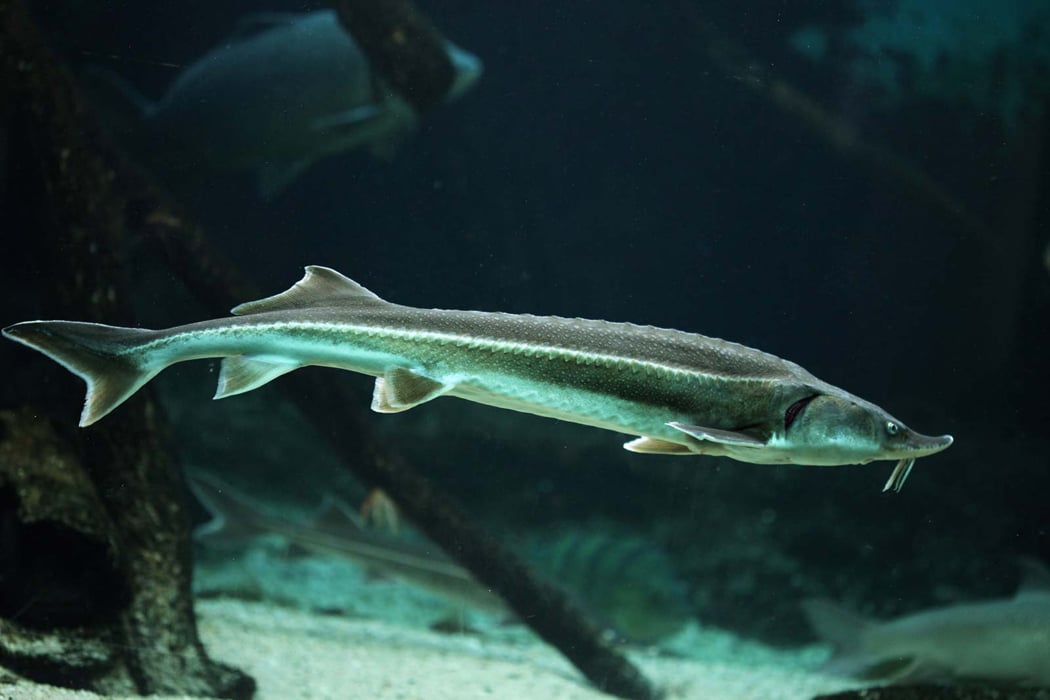
However, they like large pools. They can measure up to 1.2m and need a large space (about 15m3). Sturgeon has special dietary needs: you can feed them pellets that sink to the bottom of the water Ask for advice from professionals such as those at Maxi Zoo for example.
It must be fed all year round and the size of the pellets must be relative to that of the fish. Be careful of filamentous algae in your pond, the sturgeon can get stuck and die of asphyxiation.
The Mongolian tench
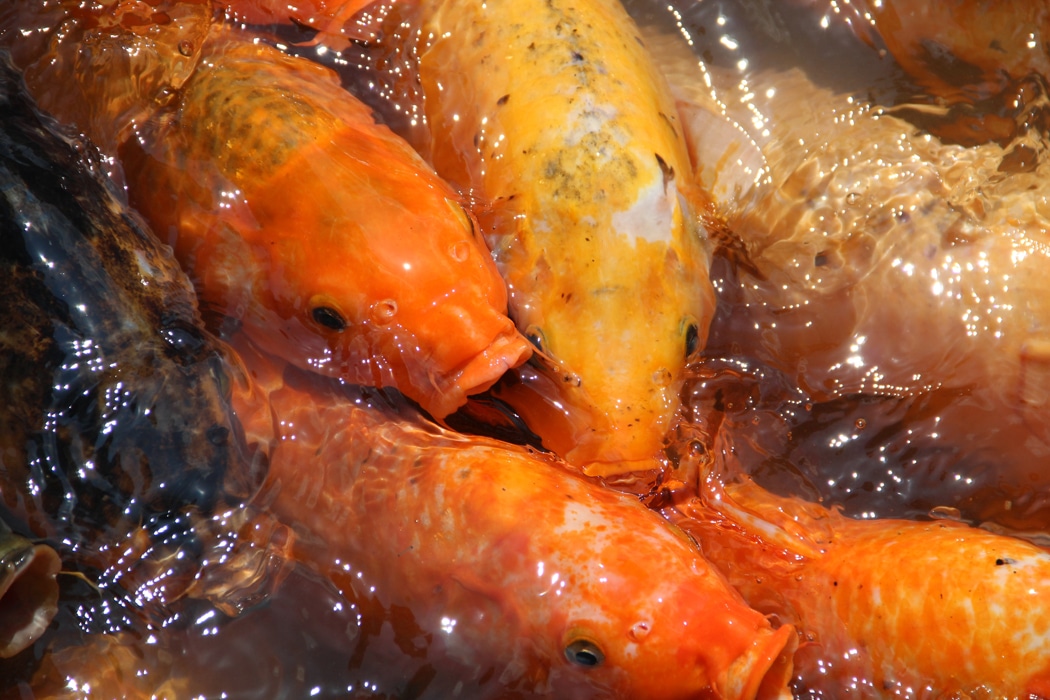
This variety of tench is robust and does not get sick very much. It can measure from 40 to 65 cm and occupies at least 1000 litres of a pond (it lives mainly at the bottom). It helps to clean the water and fish in the pond. It is a gregarious fish, which lives in groups (a group of 5 is optimal) and likes aquatic plants. Its life expectancy is 15 to 20 years on average, and it appreciates digestible and light food.
Love carp
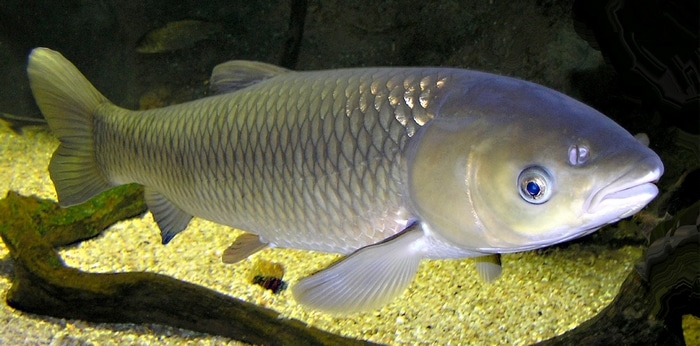
The Amur carp, or grass carp, is a fish that loves to devour your aquatic plants… This can be an advantage when the pond is invaded by filamentous algae, or a disadvantage if you maintain beautiful plants that you care about (the Amur carp eats water lilies, for example). This fish requires a lot of space, which is why these fish are usually reserved for ponds. Its presence in the basins is disputed, since it often disturbs fragile ecosystems.
The red roach
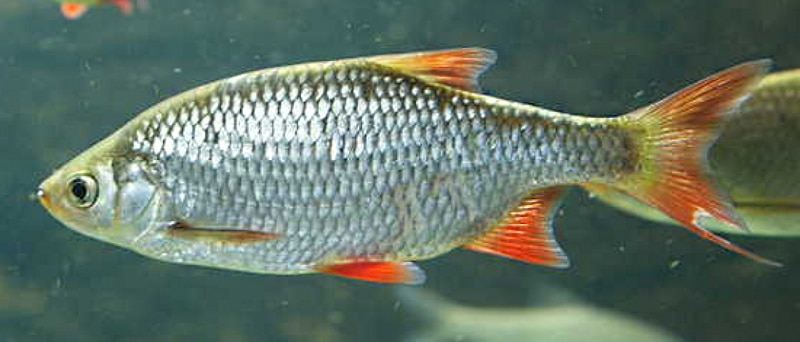
The red roach is recognizable by its red back and fins. It can measure 20 to 35 cm in a large pool. It is a robust fish, not very sick, which likes clean water and current (which requires a filtration system). Sockeye roach live in schools of 10 to 15 individuals. They appreciate a digestible and light diet, with vitamin and mineral supplements.
The sun perch
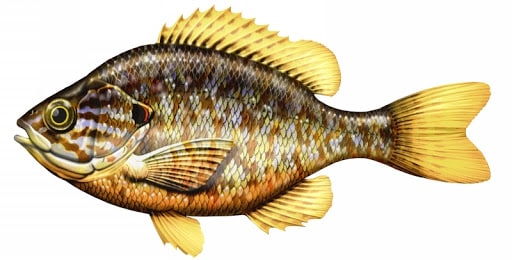
The sun perch can be placed in a pond with Koi carp. It is relatively small (about 10 cm) and lives for 10 to 12 years. It is ideal for eating the parasites of other fish and fallen or aquatic insects. It is a robust fish that does not get sick much.
The main aquatic pond plants
There are a very large number of aquatic plants that fit into indoor or outdoor pools. They are often distinguished by depth level:
- riverbank plants: sedges, arum, bank iris, rush, marsh iris, Cyperus, Sagittarius, etc.
- plants in the middle of the pond: small rush, water ranunculus, apologetic, water lilies, lotus, thalia…
- floating plants: water hyacinth, duckweed, water chestnuts, etc.
Taking care of and maintaining your pool is a real pleasure. You can include the fish that you like and that will adapt best to the conditions of your pond, as well as very beautiful plants that are real ornaments. If you are a novice, do not hesitate to find out before starting your pool.




Thank you for your sharing. I am worried that I lack creative ideas. It is your article that makes me full of hope. Thank you. But, I have a question, can you help me?
Your point of view caught my eye and was very interesting. Thanks. I have a question for you.
Your point of view caught my eye and was very interesting. Thanks. I have a question for you. https://www.binance.info/tr/register-person?ref=W0BCQMF1